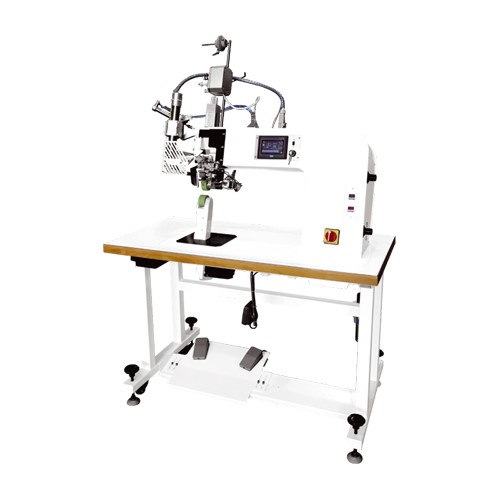
Waterproof breathable fabrics are designed to keep water out and allow moisture to be expelled from inside the tent.
Fabrics use different treatment such as finishes, coatings, and film membranes to reduce or prevent water penetration and aid in water vapor transport. The various types of membrane technologies are described below.
Expanded PTFE Membrane (hydrophobic microporous)
This thin filamentous membrane is one of the first technologies. The membrane is waterproof but allow water vapor to pass through. A common misconception is that the spaces in the membrane are small enough to prevent water in liquid form to enter but large enough for water vapor to enter. This is not exactly true as the openings between the filaments are big enough for water to pass throught!
The PTFE membrane surface is hydrophobic, or extremely water repellent. Water in liquid form has very strong intermolecular forces that are greater than the attractive forces between water molecules and the PTFE. Liquid water can not pass through the PTFE membrane because it takes a great deal more pressure to force it through the openings than ever the heaviest of rainstorms can generate. When PTFE membranes become contaminated with oil, dirt, detergent, and other chemical compounds, the surface cannot repel these contaminants. Although first generation was initially effective at repelling water, the material leaked over time due to the formation of pore channels that wicked moisture through the fabric. Moreover, PTFE membrane alone is very delicate and is not durable enough for prolonged use without a backing fabrics layer.
Expanded PTFE Membrane + PU (hydrophilic monolithic)
To prevent contaminants from compromising the performance of the PTFE-membrane, an additional membrane made of PU can be use to protect the PTFE surface. Since the PU membrane pores do not allow water (liquid or vapor) through, the PU is modified to be water absorbent (hydrophilic). Once water comes into contact with the PU membrane surface closest to the skin, individual water molecules are transported by solid state diffusion outwards. Diffusion is a process by which a substance at a high concentration is transported to a region of lower concentration. Thus individual water molecules in their liquid form travel through the PU driven by the high concentrtion of moisture on the inner surface of the membrane and the low concentration of water on the outer surface. Once the water molecule reaches the PTFE, it evaporates and is transported by gas phase diffusion through the PTFE membrane. PTFE-PU membranes are also referred to as a hydrophilic monolithic membranes.
The PTFE-PU constuction is used because the PTFE surface provides just the right amount of surface roughness to bond well with a very thin layer of PU so that surface imperfections (leakages) do not occur. The key difference between PTFE and PTFE-PU membranes is that PTFE-PU moves water at a much slower rate than the original PTFE. This rate is dependent in part on the thickness of the PU membrane: the thinner the membrane, the faster the rate of diffusion. Since the membranes tend to be very delicate, a protective layer of polyester tricot is usually laminated to the inner surface of the PU membrane.
This particular construction is known as a 3-layer fabric and tends to be bulkier and heavier than other membrane technologies.
PU-only membrane (hydrophilic monolithic)
Waterproof-breathable fabrics can also be made without the PTFE layer because the PU membrane is essentially responsible for the bulk of the moisture transmission. PU that is laminated to other materials like nylon can be up to the three times as thick as the PU layer that is laminated to PTFE. The PU thickness is significant because the WVTR is inversely proportional to the membrane thickness; the thinner the membrane, the faster water moves through it. The main difference between PU-only W/B fabrics are membrane thickness, base fabric that the PU is laminated against, and surface texture of the PU.
PU membrane constructions are more durable than PTFE-PU membranes so they do not need to be protect by an additional layer. This 2-layer construction tends to be lighter, more flexible and more compressible. Without the additional PTFE layer, PU-only fabrics are also cheaper to manufacture.
Seam Seal Tape PU and PTFE
The characteristics of impermeability of the fabrics are compromised when the garments are made. The seams create holes that allow water to penetrate compromising the perfect impermeability of the fabric and the garment. In this case the Torais Seam Seal Tape "Professional" can help to make waterpoof the seams according to the characteristics of each fabrics. The quality of our seam seal tapesand their resistance over time will give the possibility to keep the garments always perfectly waterproof.
Prodotti
Two-layer seam seal tape for waterproof seams
Thermo-adhesive seam seal tape and patches for waterproof seams
ScopriThree-layer seam seal tape for waterproof seams
Thermo-adhesive seam seal tape and patches for waterproof seams
Scopri









